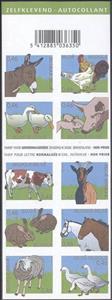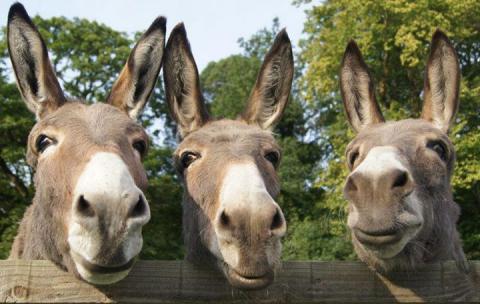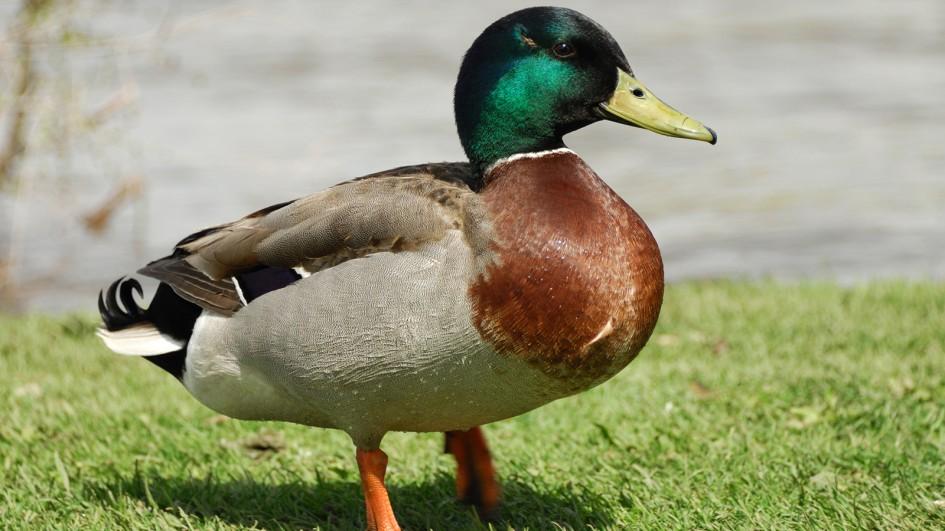Booklet Pane: Booklet Farm Animals (Belgium 2006)
Booklet Farm Animals (Belgium 2006)
21 January (Belgium ) within release Farm Animals goes into circulation Booklet Pane Booklet Farm Animals face value 10*0.46 Euro
| Booklet Pane Booklet Farm Animals in catalogues | |
|---|---|
| Belgium: | Bel: BE B60ND |
Booklet Pane is square format.
Also in the issue Farm Animals:
- Booklet - Booklet Farm Animals - Selfadhesive face value 4.60;
- Stamp - Donkey (Equus asinus asinus) face value 0.46;
- Stamp - Chicken (Gallus gallus domesticus) face value 0.46;
- Stamp - Domestic Duck (Anas platyrhynchos domestica) face value 0.46;
- Stamp - Domestic Pig (Sus scrofa domestica) face value 0.46;
- Stamp - Domestic Cattle (Bos primigenius taurus) face value 0.46;
- Stamp - Domestic Goat (Capra aegagrus hircus) face value 0.46;
- Stamp - Domestic Rabbit (Oryctolagus cuniculus domesticus) face value 0.46;
- Stamp - Horse (Equus ferus caballus) face value 0.46;
- Stamp - Domestic Sheep (Ovis ammon aries) face value 0.46;
- Stamp - Domestic Goose (Anser anser domestica) face value 0.46;
- Booklet Pane - Booklet Farm Animals face value 10*0.46;
Booklet Pane Booklet Farm Animals it reflects the thematic directions:
Animals are multicellular, eukaryotic organisms of the kingdom Animalia (also called Metazoa). All animals are motile, meaning they can move spontaneously and independently, at some point in their lives. Their body plan eventually becomes fixed as they develop, although some undergo a process of metamorphosis later on in their lives. All animals are heterotrophs: they must ingest other organisms or their products for sustenance.
Birds (Aves), a subgroup of Reptiles, are the last living examples of Dinosaurs. They are a group of endothermic vertebrates, characterised by feathers, toothless beaked jaws, the laying of hard-shelled eggs, a high metabolic rate, a four-chambered heart, and a strong yet lightweight skeleton. Birds live worldwide and range in size from the 5 cm (2 in) bee hummingbird to the 2.75 m (9 ft) ostrich. They rank as the class of tetrapods with the most living species, at approximately ten thousand, with more than half of these being passerines, sometimes known as perching birds. Birds are the closest living relatives of crocodilians.
The donkey is a domesticated equine. It derives from the African wild ass, Equus africanus, and may be classified either as a subspecies thereof, Equus africanus asinus, or as a separate species, Equus asinus. It was domesticated in Africa some 5000–7000 years ago,and has been used mainly as a working animal since that time.
Duck is the common name for numerous species of waterfowl in the family Anatidae. Ducks are generally smaller and shorter-necked than swans and geese, which are members of the same family. Divided among several subfamilies, they are a form taxon; they do not represent a monophyletic group (the group of all descendants of a single common ancestral species), since swans and geese are not considered ducks. Ducks are mostly aquatic birds, and may be found in both fresh water and sea wate
Mammals are any vertebrates within the class Mammalia (/məˈmeɪli.ə/ from Latin mamma "breast"), a clade of endothermic amniotes distinguished from reptiles (including birds) by the possession of a neocortex (a region of the brain), hair, three middle ear bones and mammary glands. All female mammals nurse their young with milk, secreted from the mammary glands. Mammals include the largest animals on the planet, the great whales. The basic body type is a terrestrial quadruped, but some mammals are adapted for life at sea, in the air, in trees, underground or on two legs. The largest group of mammals, the placentals, have a placenta, which enables the feeding of the fetus during gestation. Mammals range in size from the 30–40 mm (1.2–1.6 in) bumblebee bat to the 30-meter (98 ft) blue whale. With the exception of the five species of monotreme (egg-laying mammals), all modern mammals give birth to live young. Most mammals, including the six most species-rich orders, belong to the placental group. The largest orders are the rodents, bats and Soricomorpha (shrews and allies). The next three biggest orders, depending on the biological classification scheme used, are the Primates (apes and monkeys), the Cetartiodactyla (whales and even-toed ungulates), and the Carnivora (cats, dogs, seals, and allies).
Sheep (pl.: sheep) or domestic sheep (Ovis aries) are a domesticated, ruminant mammal typically kept as livestock. Although the term sheep can apply to other species in the genus Ovis, in everyday usage it almost always refers to domesticated sheep. Like all ruminants, sheep are members of the order Artiodactyla, the even-toed ungulates. Numbering a little over one billion, domestic sheep are also the most numerous species of sheep. An adult female is referred to as a ewe (/juː/ yoo), an intact male as a ram, occasionally a tup, a castrated male as a wether, and a young sheep as a lamb.






